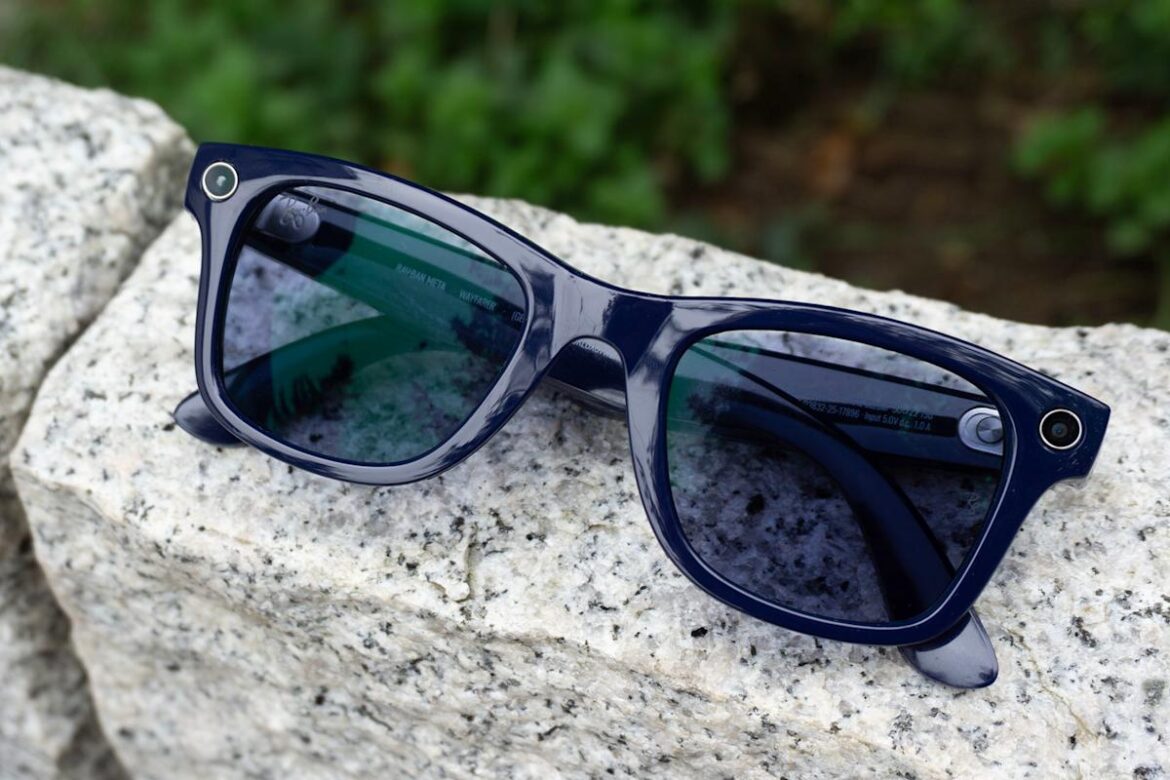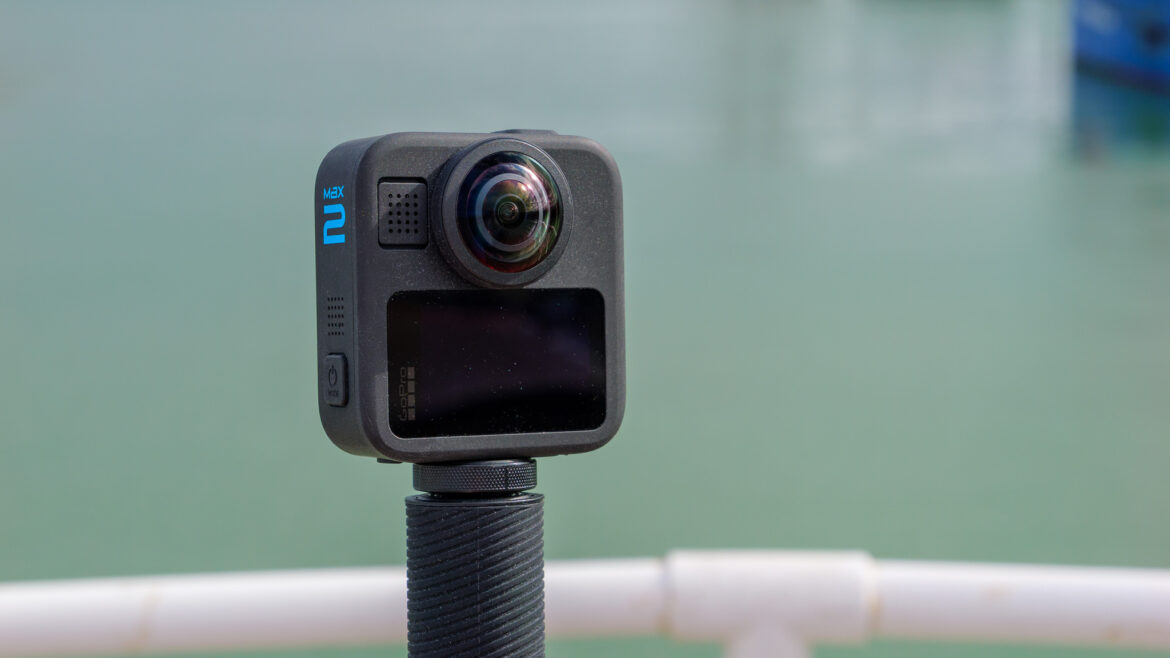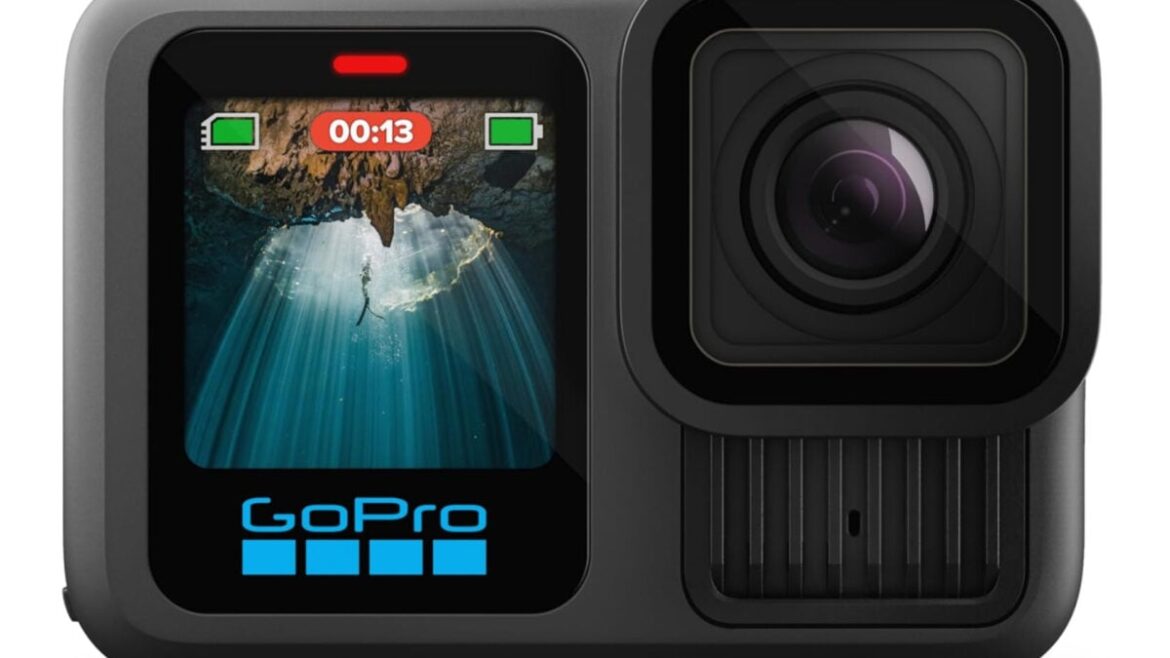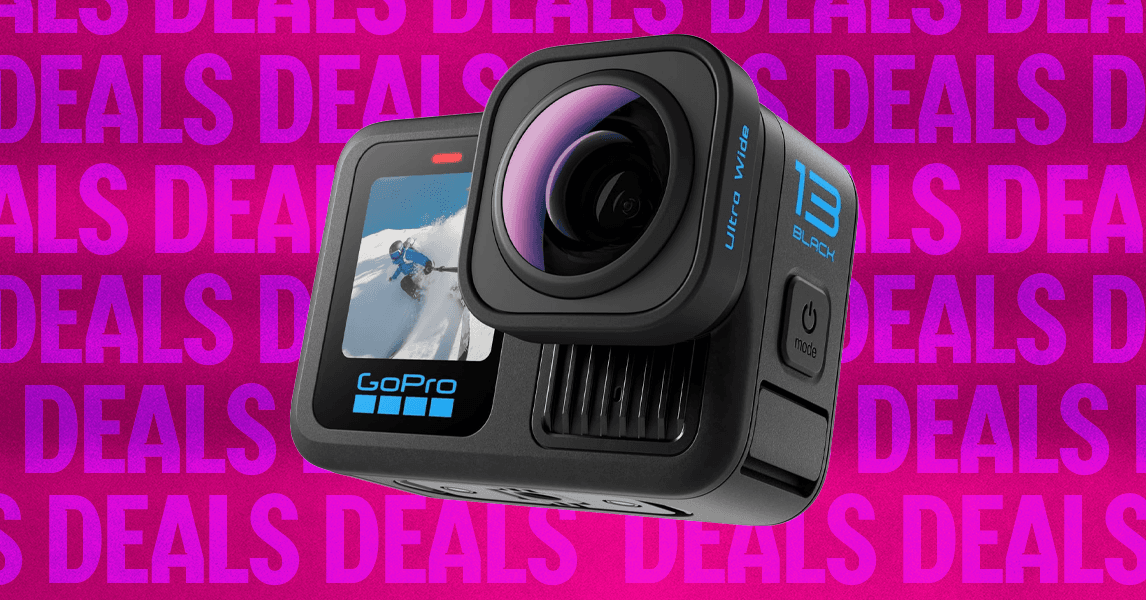If you prefer some variety in your review roundups, we cover quite the gamut this time. The headliner is the new Ray-Ban Meta smart glasses, but we’ve recently tested a powerful gaming laptop, two action cameras and a wireless mouse (yep, still need those). Catch up on all the reviews we’ve published over the last two weeks by scrolling down below.
Ray-Ban Meta
Engadget
Meta’s second-generation smart glasses are becoming a genuinely useful accessory.
Pros
- Noticeably better battery life
- YouTuber-friendly 3K video
- Meta AI translations are a game-changer for travel
Cons
- Framing POV photos and video is still a challenge
- Pricey lens upgrades
$379 at Meta
While the second-generation Ray-Ban Meta smart glasses may look similar to the original model, a lot has changed in terms of features. There are also two big upgrades over the last version: battery life and video quality. “The Ray-Ban Meta glasses have a lot of features that didn’t exist when I first reviewed them two years ago, largely thanks to AI,” senior editor Karissa Bell said. “And with the release of its second-generation frames, there’s still a lot to look forward to, like new camera features and AI-powered audio.”
Alienware 16 Area-51
Alienware / Engadget
While it is a bit pricey at $2,000 to start, the Alienware 16 Area-51 sports top-notch components, a bright display, a clicky mechanical keyboard and a slick re-interpretation of the company’s signature intergalactic design.
Pros
- Unique design
- Strong performance
- Clicky mechanical keyboard
- Lots of ports
Cons
- Pricey
- Big and heavy
- More display options would be nice
$2,000 at Dell
If you’re in the market for a powerful gaming laptop with a unique design, the Alienware 16 Area-51 might be for you. Of course, you’ll have to live with a machine that ‘s big and heavy — and also expensive. “Even though the Alienware 16 Area-51 might not be as portable as some of its rivals, it’s got a lot to offer,” senior reviews writer Sam Rutherford wrote. “There’s a striking design, a nice screen (though more options would be nice), tons of ports and class-leading performance with plenty of configurability so you can dial in its specs exactly how you like.”
GoPro Max 2
GoPro/Engadget
GoPro’s Max 2 is a worthy competitor to DJI and Insta360 with a focus on image quality and effective editing tools to make clips you might actually want to share.
Pros
- “True” 8K 10-bit GP-Log video
- Replaceable lenses
- Simple in-app editing
- Works with Bluetooth mics
Cons
- Stitch lines are sometimes present
- No onboard storage
$500 at Amazon
GoPro’s new product this fall wasn’t another Hero action camera. Instead, the company opted to take the 360 route, debuting the Max 2 for spherical videos. “With a mix of pro features like Timecode, GP-Log (with LUTs) alongside mobile-focused editing, GoPro clearly hopes the Max 2 will appeal to demanding and casual users alike,” contributor James Trew observed. “The company has also focused heavily on improving the user experience rather than going for pure technological advances and after a week or so of testing, that feels like a sensible move.”
DJI Osmo Nano
DJI/Engadget
The Osmo Nano is DJI’s first mini action cam designed to take on Insta360’s Go 3S and Go Ultra. Video quality is a bit better than those rivals, but it’s still missing a few features.
Pros
- Tiny size
- Log and 10-bit video
- DJI Mic compatibility
- Generous built-in memory
Cons
- Video editing app falls short
- Poor stabilization in low light
- Vlog mode is less convenient than rivals
$299 at Amazon
In case you missed it, tiny action cameras with detachable displays are a thing now. DJI’s first attempt at one of these products takes direct aim at Insta360’s duo of Go models. And despite better video quality than the competition, there’s still work to be done for the Osmo Nano. “With the Nano, DJI leaned on its camera experience and mostly matches or beats its main rival in terms of video quality,” reporter Steve Dent said. “However, the company is still lagging behind in a few areas, particularly its editing app — something that’s important for many creators.”
Logitech MX Master 4
Three years after releasing the MX Master 3S, Logitech is back with another update to its productivity mouse. Shopping for the new version isn’t exactly a straightforward endeavor though. “The MX Master 4 may not be a essential upgrade if you’re happy with an older MX Master mouse, and if those didn’t work for you before, this one probably won’t work for you now,” senior buying advice reporter Jeff Dunn wrote. “But if you’re a power user in the market for a new productivity mouse, we’d expect this newest iteration to be as popular as its predecessors.”





